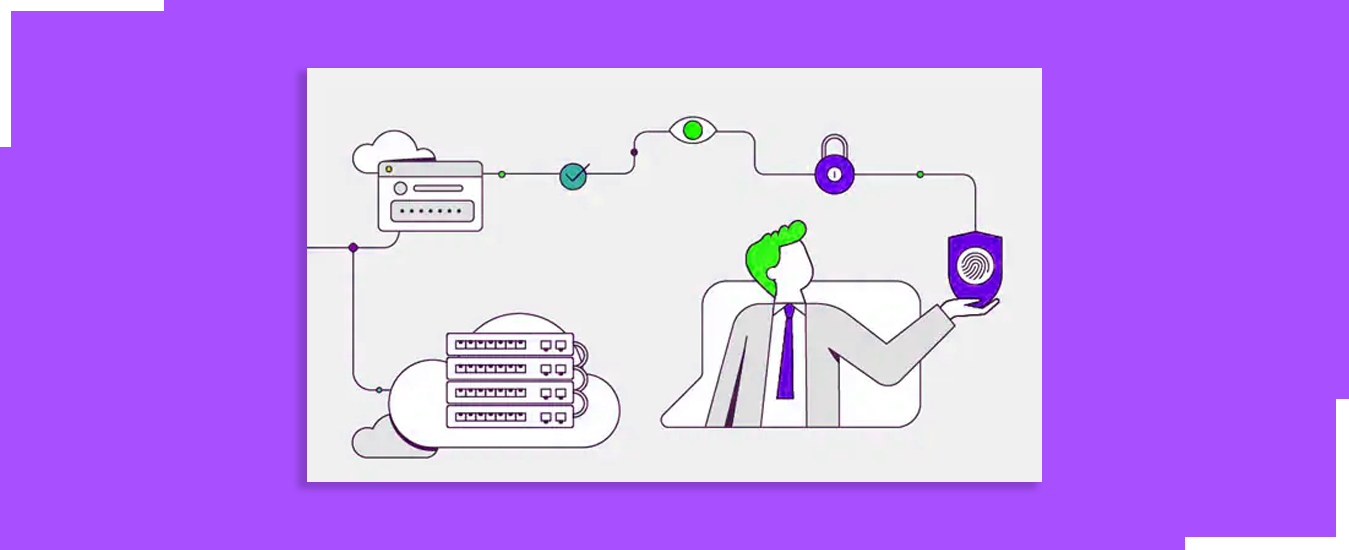Cybersecurity is a top priority in the digital age where user experiences (UX) are crucial in determining the success of goods & services. It’s crucial to examine how cybersecurity and UX design interact and what impact they have on one another given the complexity of cyber threats. The goal of this article is to create secure & seamless user experiences by exploring the mutually beneficial relationship between UX design and cybersecurity.
Understanding UX Design and Cybersecurity
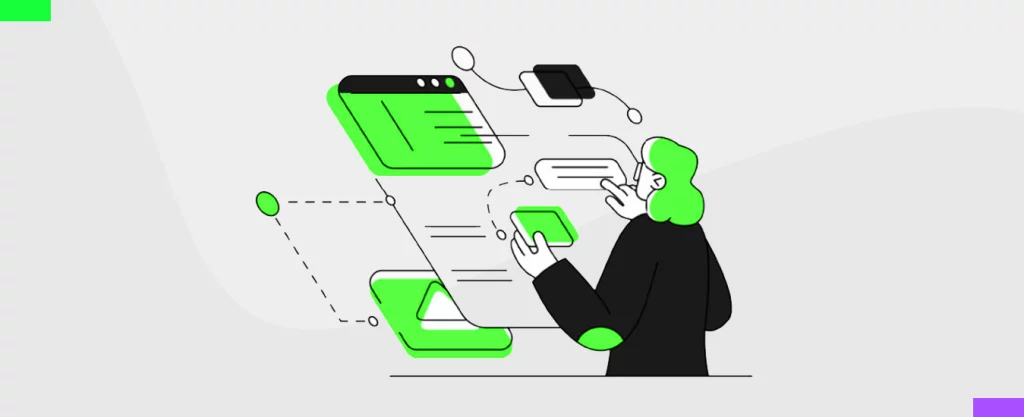
UX design is the process of raising user satisfaction by enhancing usability, accessibility and enjoyment in the user product or service interaction. In contrast, cybersecurity involves defending networks, systems and sensitive data from intrusions, breaches and attacks. Although they may appear unrelated as their convergence is essential for creating secure, user centric applications.
The Intersection of UX Design and Cybersecurity

UX design and cybersecurity share the fundamental objective of ensuring user satisfaction and safety. A well designed user interface (UI) can influence user behaviour in a positive way making it crucial to seamlessly integrate security measures. Maintaining usability without compromising data integrity results in a delightful & secure user experience which is achieved by balancing the two disciplines.
UX Design vs. Cybersecurity: A Balancing Act
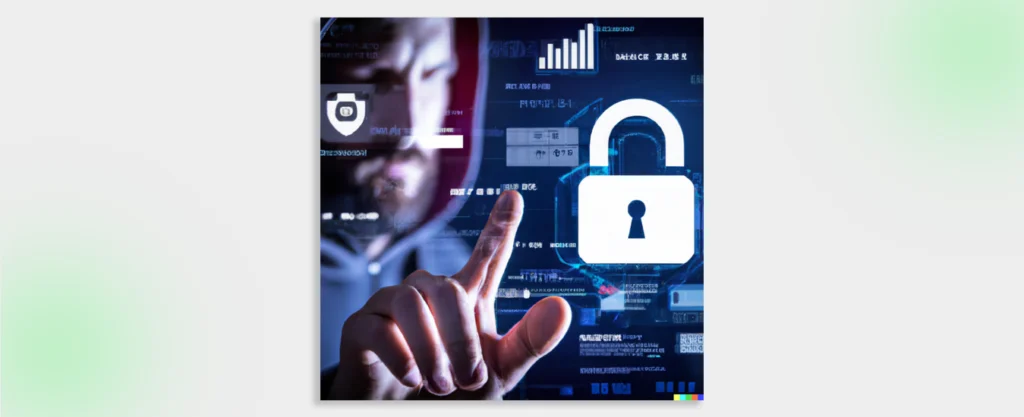
While cybersecurity experts concentrate on putting in place strong protection mechanisms UX designers strive to design intuitive & simple to use interfaces. It can be difficult to strike a balance between the two, though. Finding the ideal balance requires coming up with innovative ways to overcome security obstacles without imposing onerous authentication or verification procedures on users.
For eg: A common cybersecurity measure that adds an additional layer of security is multi factor authentication (MFA). Though it can be inconvenient from a user experience (UX) standpoint to make users go through multiple steps for authentication. The implementation of MFA should be done in such a way that it doesn’t overwhelm users and UX designers must think of brilliant ways to do this while still maintaining robust security.
Strategies for Incorporating Cybersecurity in UX
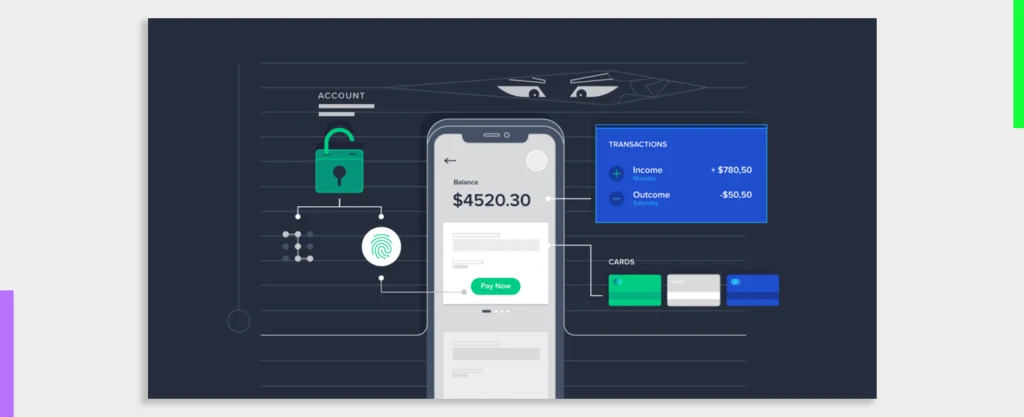
- Multi Factor Authentication (MFA): Implementing multi factor authentication (MFA) adds an extra layer of security without impairing user experience. User protection can be improved by using biometrics, SMS verification or security tokens.
- Regular Security Audits: Conducting periodic security audits can help find UX design vulnerabilities & address them proactively, protecting against potential threats.
- Secure Error Handling: By creating error messages that only give users a few details, attackers are less likely to exploit them while still effectively guiding users.
Importance of Cyber-Aware User Interfaces
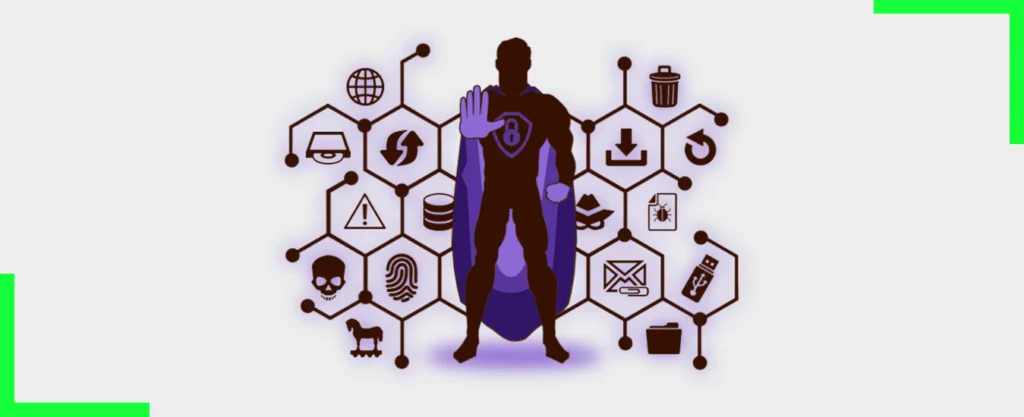
A user interface that is cyber aware serves as a guide, enabling users to safely navigate the digital environment. Cyber awareness is the understanding of potential security risks by users as well as their abilities for identifying & appropriately handling them.
In order to inform users about potential dangers an effective cyber aware user interface makes use of visual cues, educational messages and interactive features. For instance the presence of a lock icon in the address bar of a secure website gives users the assurance that their connection is encrypted while safeguarding their data from prying eyes.
User interfaces that are cyber aware are also essential for building trust. Users are more likely to interact with an application or website with confidence & peace of mind if they believe that it prioritises their safety and has their best interests in mind.
User Experience and Data Protection
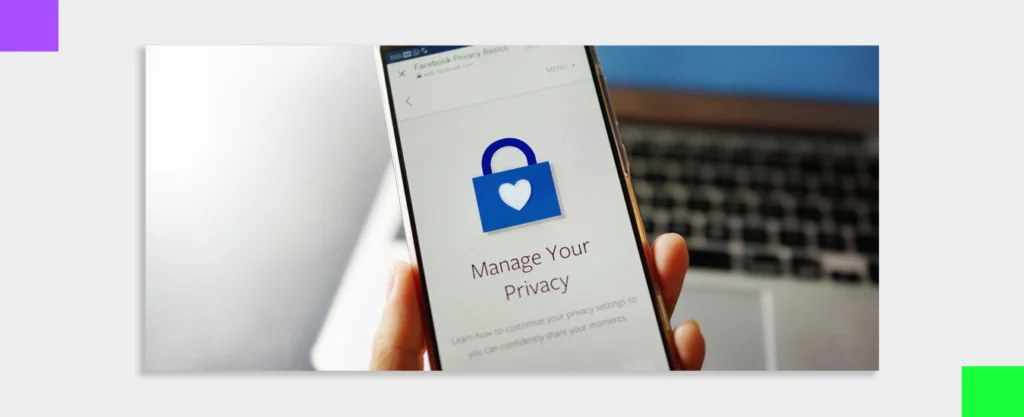
Users and organisations alike may suffer terrible consequences as a result of data breaches. They can cause reputational harm, financial losses and legal liabilities. They also erode trust. Data protection must be the number one priority in UX design in order to gain & keep user trust.
Data security and user experience are interdependent. In order to provide a seamless & secure user experience,
Transparent Data Handling: Users are more likely to trust a company when its data handling procedures are transparently explained including what data is collected, how it is used and how it is protected.
Opt In Privacy Settings: Giving users control over their privacy settings & permissions gives them a sense of agency and security.
Secure Data Storage: Encryption & secure storage procedures are implemented to protect user data from unauthorised access and data breaches.
Building Trust Through Secure UX

Users are more likely to trust a product or service if the user experience is well designed & cybersecurity is prioritised. Users are more likely to engage with, convert to and promote the brand when they feel comfortable in their digital interactions. Building & sustaining that trust is made possible by secure UX design.
A secure UX boosts trust by:
Consistent Reliability: Giving users a consistent and dependable experience gives them peace of mind that their interactions are secure & unaffected by unforeseen events.
Transparency: Establishing trust and demonstrating a dedication to user safety by being transparent about security measures, data usage & potential risks.
Swift Response to Incidents: In unfortunate event of a security incident responding quickly, truthfully and successfully can reduce damage & increase trust.
Common Challenges in Implementing Secure UX

- Resistance to Change: If new security measures are perceived by some users as being inconvenient or disruptive to their regular work processes they may resist them.
- Design Restrictions: It can be difficult to incorporate robust security measures without sacrificing the overall design & usability.
- Speed and Security: It can be difficult to strike a balance between allowing quick access & ensuring strong security.
Future Trends: UX Design and Cybersecurity
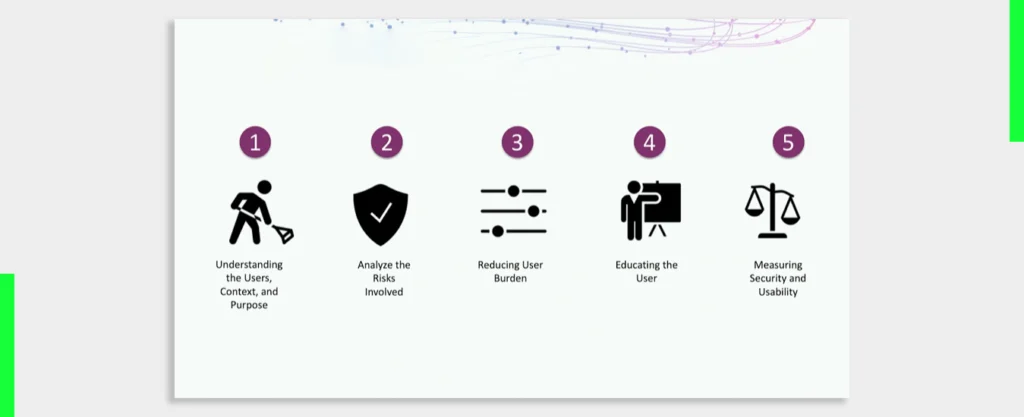
Future developments in the fusion of cybersecurity and UX design look promising. Expect the landscape of digital security to be shaped by seamless authentication techniques, AI driven threat detection and improved user education.
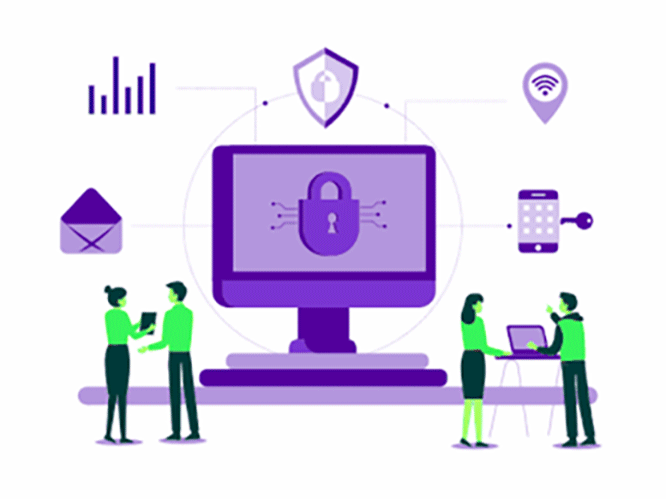
Finally, creating engaging & secure user experiences depends on the harmony between cybersecurity and UX design. Organisations can foster trust, safeguard sensitive data and develop enduring relationships with their users by integrating these disciplines.
FAQs about Cybersecurity in UX/UI Design
Why is cybersecurity crucial in UX design?
Cybersecurity in UX design ensures that user data remains protected, fostering trust and safeguarding against cyber threats.
What are some common UX design vulnerabilities?
Common UX design vulnerabilities include weak authentication methods, unsecured error handling and inadequate data protection.
How can UX designers educate users about cybersecurity?
UX designers can educate users through informative pop ups, intuitive cues and interactive tutorials on safe digital practices.
What role do users play in cybersecurity for UX?
Users are essential in cybersecurity for UX as they act as the first line of defense by making secure decisions & following best practices.
What does the future hold for UX design and cybersecurity?
The future holds seamless authentication methods, AI driven threat detection and user centric security measures that enhance the UX design landscape.
